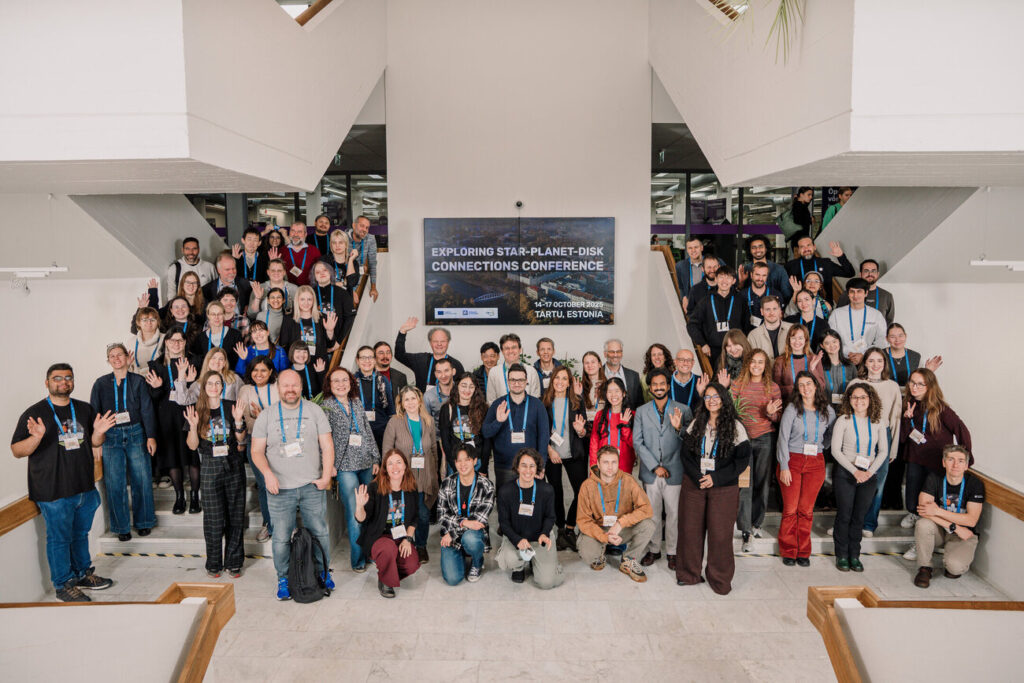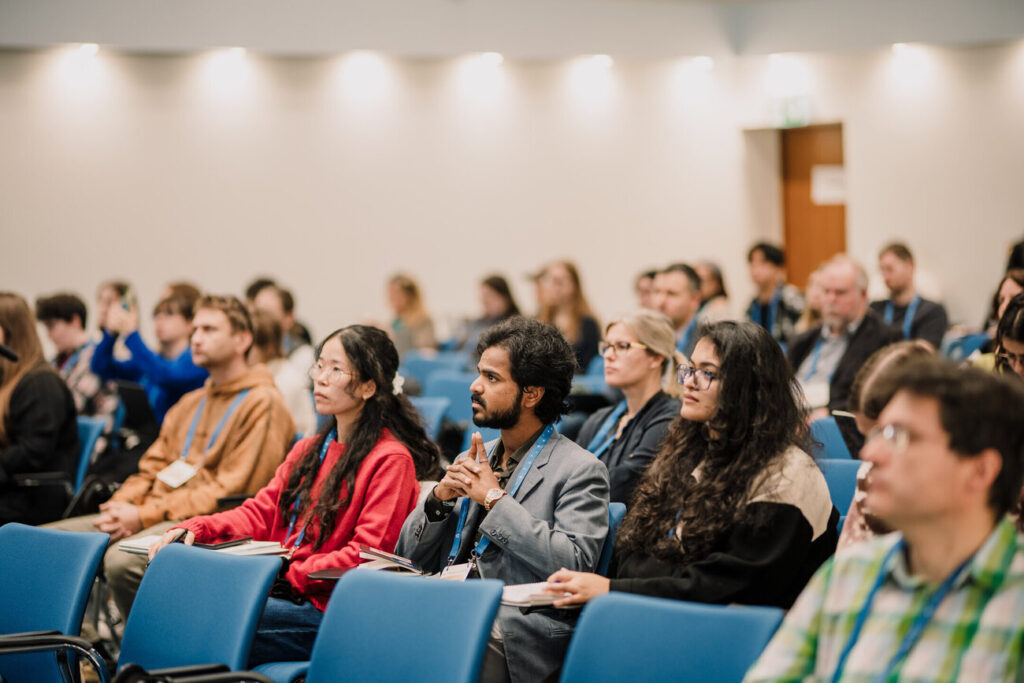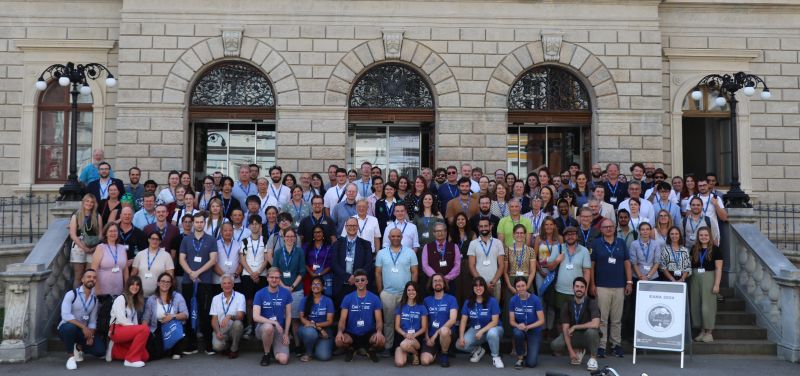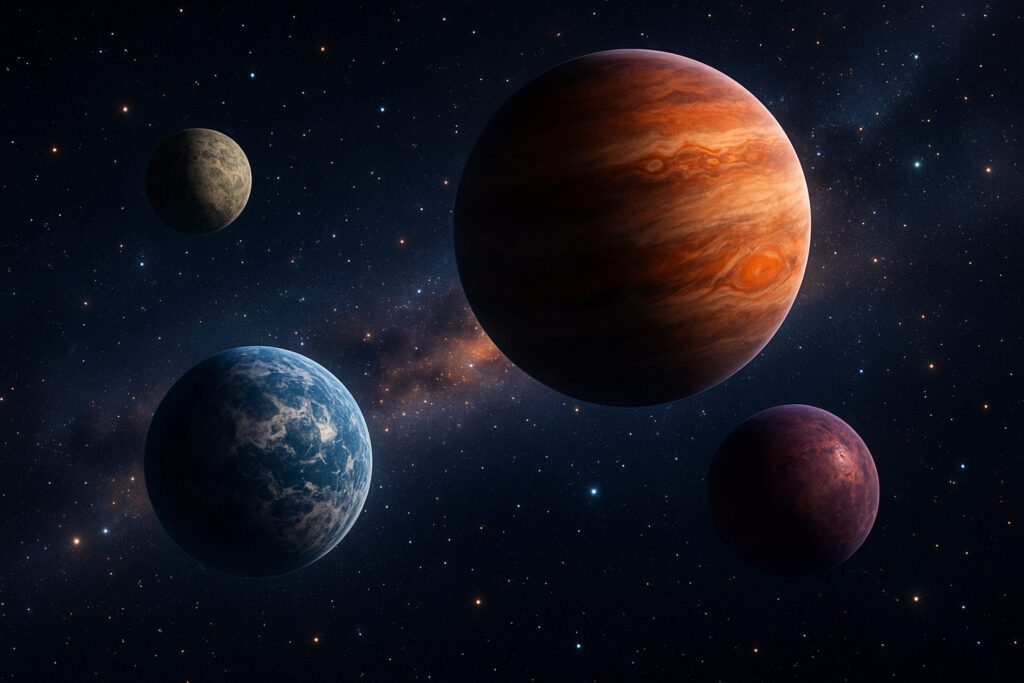(External link) / 14-17.10.2025
The EXOHOST Final Conference 2025 took place in Tartu, Estonia, marking the culmination of the three-year EXOHOST project. The conference gathered scientists from across Europe and beyond to present results, discuss exoplanet research, and explore the future of stellar and planetary studies.

The conference began with an overview of the EXOHOST project delivered by Prof. Anna Aret, who summarized the consortium’s objectives, key achievements, and ongoing contributions to exoplanet and stellar research.
The program featured a diverse lineup of oral and poster presentations, including contributions from EXOHOST members, whose presentations were as follows:
Oral Presentations:
- Tõnis Eenmäe – “Enhancing Northern Sky Monitoring: Upgrades to Tartu Observatory’s 1.5 m Telescope for High-Resolution Spectroscopy and Multi-Band Photometry”
- Sandipan Borthakur – “Stellar Photospheric Contamination in Early-Type Stars – from Protoplanetary to Debris Disks”
- Veronika Mitrokhina – “Detectability of Deuterium in the Spectra of A-Type Stars”
- Jason Ran – “Bayesian Constraints on Planet Formation Models with Population Synthesis and Simulation Based Inference”
- Anna Thomas – “Population Synthesis to Investigate the Effect of Volatile to Refractory Sulphur Conversion on the Production of Hot and Cold Gas Giants”
- Alexandra Lehtmets – “Stellar Abundance Anomalies in A–F Type Stars and the Role of Planetary Contamination”
Poster Presentations:
- Colin Folsom – “Chemical Traces of Selective Accretion in the HD 135344 Binary System”
- Alexandra Lehtmets – “Investing Circumstellar Atomic Radiation-driven Dynamics”
- Heleri Ramler – “Hot Stars in the Ariel Mission Sample: Intermediate-Mass Star and Planet Correlations”
- Nicola Miller – “Towards a Homogeneous Sample of M-dwarf Properties and Abundances for the PLATO Mission”
The conference highlighted the progress EXOHOST has made in understanding exoplanets and their host stars, including high-resolution spectroscopy, stellar contamination effects, and chemical traces in protoplanetary and debris disks. Researchers also discussed population synthesis models to understand planet formation, as well as observations that will inform upcoming space missions like PLATO and Ariel.
By bringing together the EXOHOST community, the final conference provided a platform to reflect on three years of collaborative research, celebrate achievements, and plan for future international projects in exoplanet and stellar astrophysics.
EXOHOST Final Conference webpage


Pictures: Mana Kaasik




